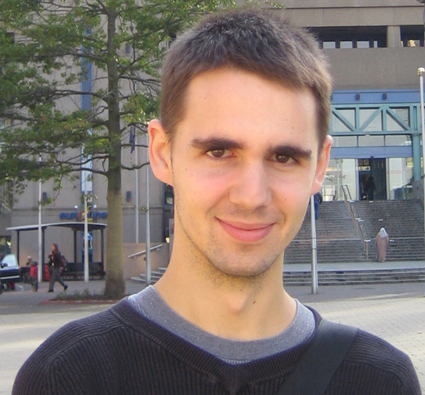|

|
Dr. Carlos Navarrete Benlloch
Max-Planck Institute for Quantum Optics
|
Abstract: Circuit quantum electrodynamics (QED) is an emerging field which holds the promise of bringing quantum optics to regimes unreachable in traditional cavity QED setups. In this work we theoretically and experimentally prove that, taking advantage of the small characteristic frequencies of superconducting circuits, we can use periodic modulations of the qubit's transition energy to shape the qubit-field interaction in such a way in which the qubit's spontaneous emission (usually leading to undesired decoherence) is used for useful purposes. In particular, we show that (i) inducing a counter-rotating-type interaction between the qubit and the cavity mode, spontaneous emission is turned into the effective incoherent pump of the population needed to transforming our system into a single-atom laser; and (ii) by allowing for interactions of both the rotating and counter-rotating type, the qubit's dissipation can be used to cool down the cavity mode to a squeezed vacuum state. We believe that ideas that are put forward in this work represent a step forward towards the dissipative engineering of quantum states and processes, in particular general Gaussian states of microwave fields.
Date&Time: July 4, 2014 (Friday), 15:30 - 16:30
Location: 606 Conference Room


